U.S. Route 20 stretches 3,365 miles from Boston to Newport, Oregon, making it America’s longest highway and a ribbon connecting countless forgotten stories across the continent. While most travelers focus on major cities and well-known attractions along this transcontinental route, the highway passes dozens of historic sites that played crucial roles in American development yet remain largely overlooked by modern visitors.
These hidden gems preserve everything from Native American heritage to industrial innovation, offering glimpses into the diverse experiences that shaped the nation. From colonial battlefields to pioneer homesteads, Route 20 connects historical narratives that span four centuries of American experience.
Here is a list of 15 historic Route 20 stops nobody talks about.
Old Sturbridge Village Access Road
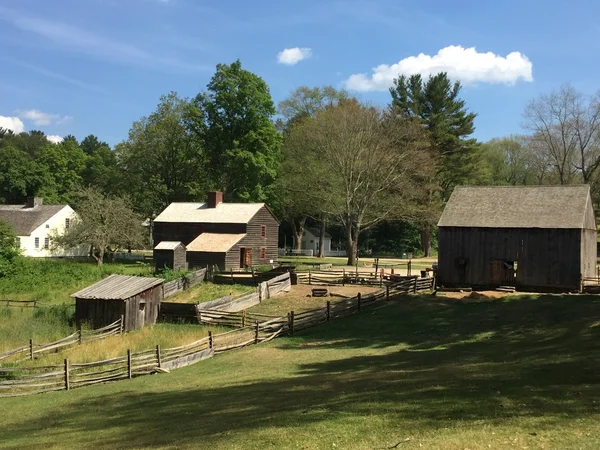
Massachusetts Route 20 passes within a mile of Old Sturbridge Village, but few travelers realize the highway itself follows a colonial-era road that connected Worcester to Springfield in the 1700s. The modern route traces pathways used by Revolutionary War militias moving between inland settlements and coastal supply lines. Stone walls visible from the highway mark property boundaries established in the 1600s, creating a living museum that extends far beyond the village’s official boundaries.
Local historians have documented over 30 colonial-era cellar foundations within sight of the current highway, representing homesites that once sustained early American independence movements.
Hamilton Town Hall
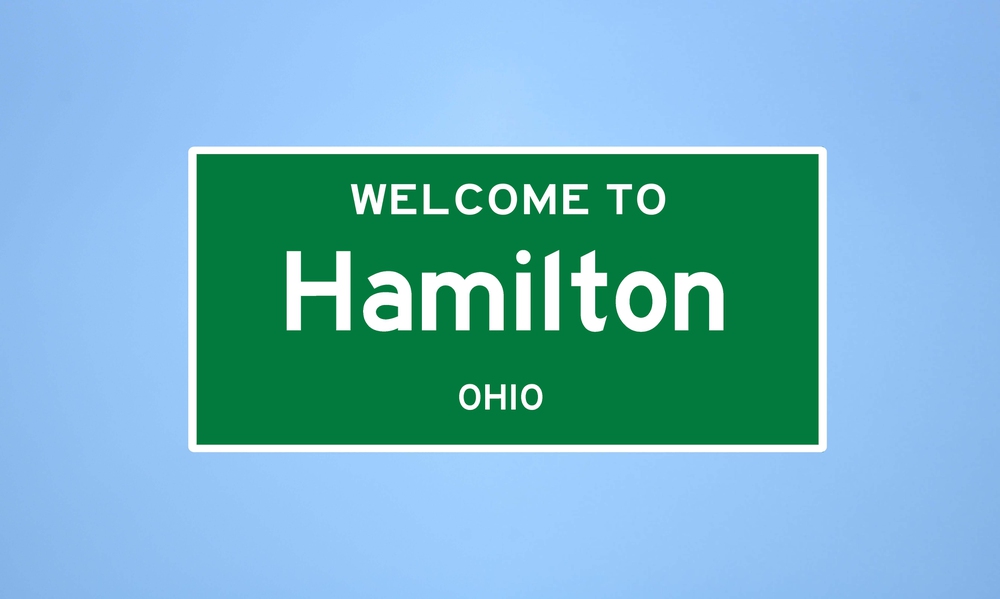
New York’s tiny Hamilton sits directly on Route 20, but most drivers miss the 1890s town hall that houses one of America’s most complete collections of 19th-century municipal records. The building’s hand-carved walnut furnishings and original gas lighting fixtures have been preserved exactly as they appeared when the town was incorporated in 1892.
Local records document everything from horse theft trials to early telephone installations, providing detailed insights into small-town American life during the Gilded Age. The building still hosts monthly town meetings using parliamentary procedures established over 130 years ago, making it a functioning piece of American democratic history.
Like Travel Pug’s content? Follow us on MSN.
Skaneateles Lake Outlet

Route 20 crosses the natural outlet of Skaneateles Lake at a spot where Haudenosaunee (Iroquois) peoples maintained a permanent settlement for over 500 years before European contact. Archaeological surveys have revealed stone tools, pottery fragments, and fire hearths dating back to 1000 CE, indicating continuous occupation that predates European exploration by centuries. The crossing point served as a major travel route connecting the Finger Lakes region to the Mohawk Valley, though modern traffic rarely slows enough to appreciate the location’s ancient significance.
State historical markers acknowledge the site’s importance, but most drivers pass by without noticing the small plaques that commemorate one of New York’s oldest continuously inhabited locations.
Auburn’s Underground Railroad Station

Auburn, New York, sits directly on Route 20 and hosted one of the Underground Railroad’s most active stations, though the house where Harriet Tubman lived and planned rescue missions receives far less attention than her more famous birthplace in Maryland. The Tubman residence on South Street operated as both a safe house and a planning center where detailed escape routes were mapped and coordinated.
Local church basements and private homes throughout Auburn’s Route 20 corridor sheltered hundreds of freedom seekers, creating a network that extended the Underground Railroad’s reach deep into central New York. The house now operates as a museum, but many visitors to Auburn never realize they’re driving through one of America’s most significant networks for freedom and resistance.
Seneca Falls Women’s Rights Chapel
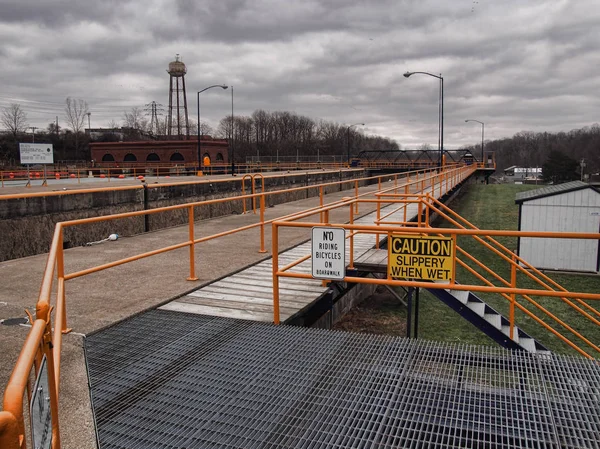
The Wesleyan Chapel in Seneca Falls, where the first Women’s Rights Convention convened in 1848, sits just two blocks from Route 20, yet many travelers pass through town unaware of its revolutionary significance. Elizabeth Cady Stanton and Lucretia Mott organized the convention that launched America’s women’s suffrage movement in this modest brick building that still stands today.
The chapel’s original pews, pulpit, and windows witnessed speeches that challenged fundamental assumptions about gender roles and political participation. Guided tours reveal how Route 20’s location made Seneca Falls accessible to activists traveling from eastern cities, creating the perfect convergence of transportation and social reform that changed American history forever.
Like Travel Pug’s content? Follow us on MSN.
Rochester’s Flour Mill District

Route 20 passes through Rochester’s historic flour mill district, where the Genesee River’s falls powered America’s first major inland industrial complex. The High Falls area contains ruins of mills that made Rochester the “Flour City” in the 1830s, producing more flour than any other American city and establishing trade connections that reached Europe and the Caribbean.
Stone foundations and mill races still visible from Route 20 represent the infrastructure that transformed western New York from wilderness to industrial powerhouse within two decades. The district’s success attracted thousands of immigrants and established transportation networks that made Rochester a crucial stop on America’s westward migration routes.
Fredonia’s Natural Gas Works
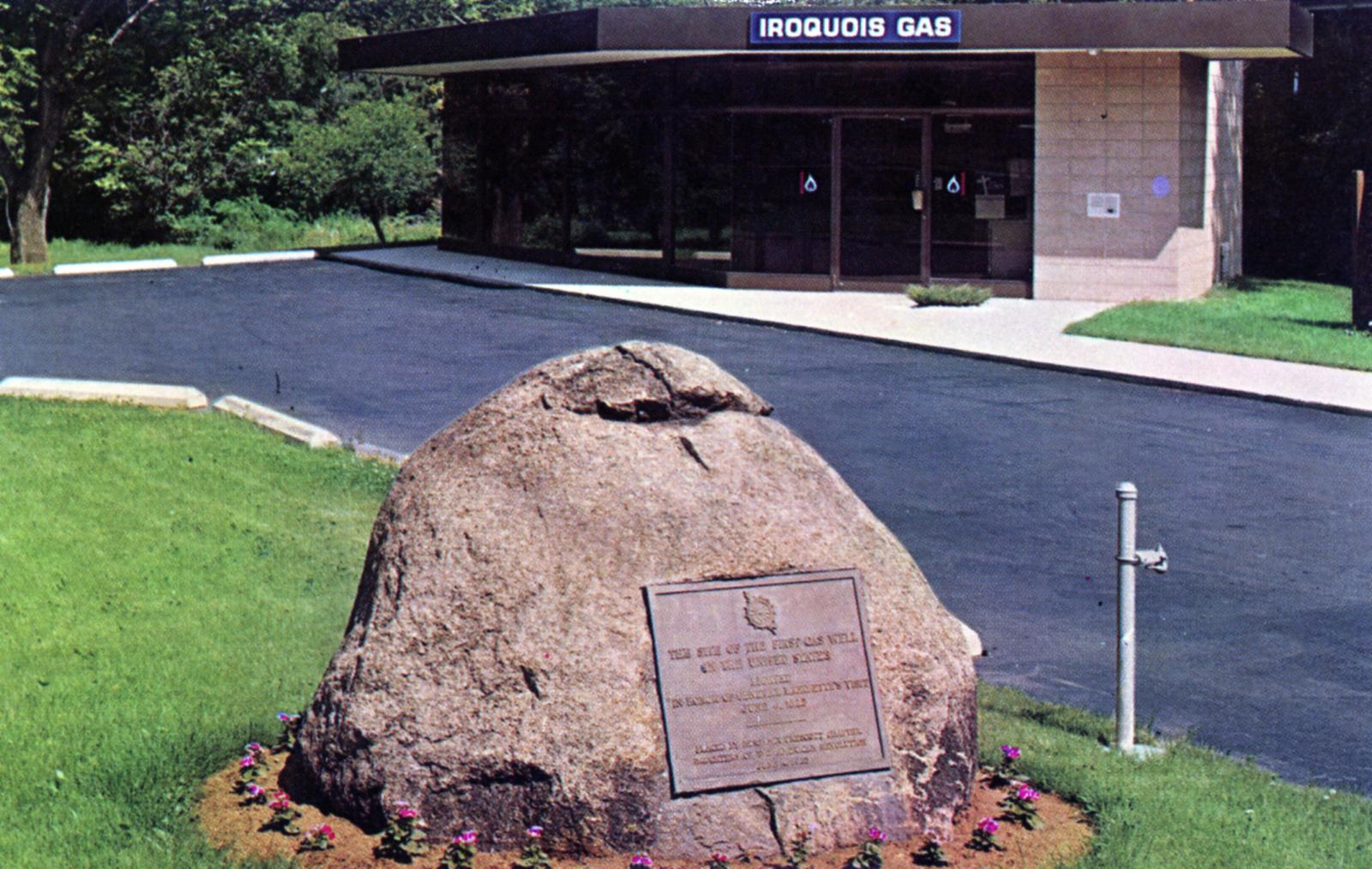
Fredonia, New York, became America’s first community to use natural gas for lighting and heating when William Hart drilled the country’s first commercial gas well in 1821. Route 20 passes directly through the town center where gas lamps first illuminated American streets, though few modern visitors realize they’re driving through the birthplace of America’s natural gas industry.
The original gas works building still stands on Main Street, housing equipment and records that document how this small community pioneered energy technologies that would transform American life. Local historical societies maintain Hart’s original drilling site and the stone-lined well that supplied gas to homes and businesses along what is now Route 20.
Buffalo’s Erie Canal Terminus
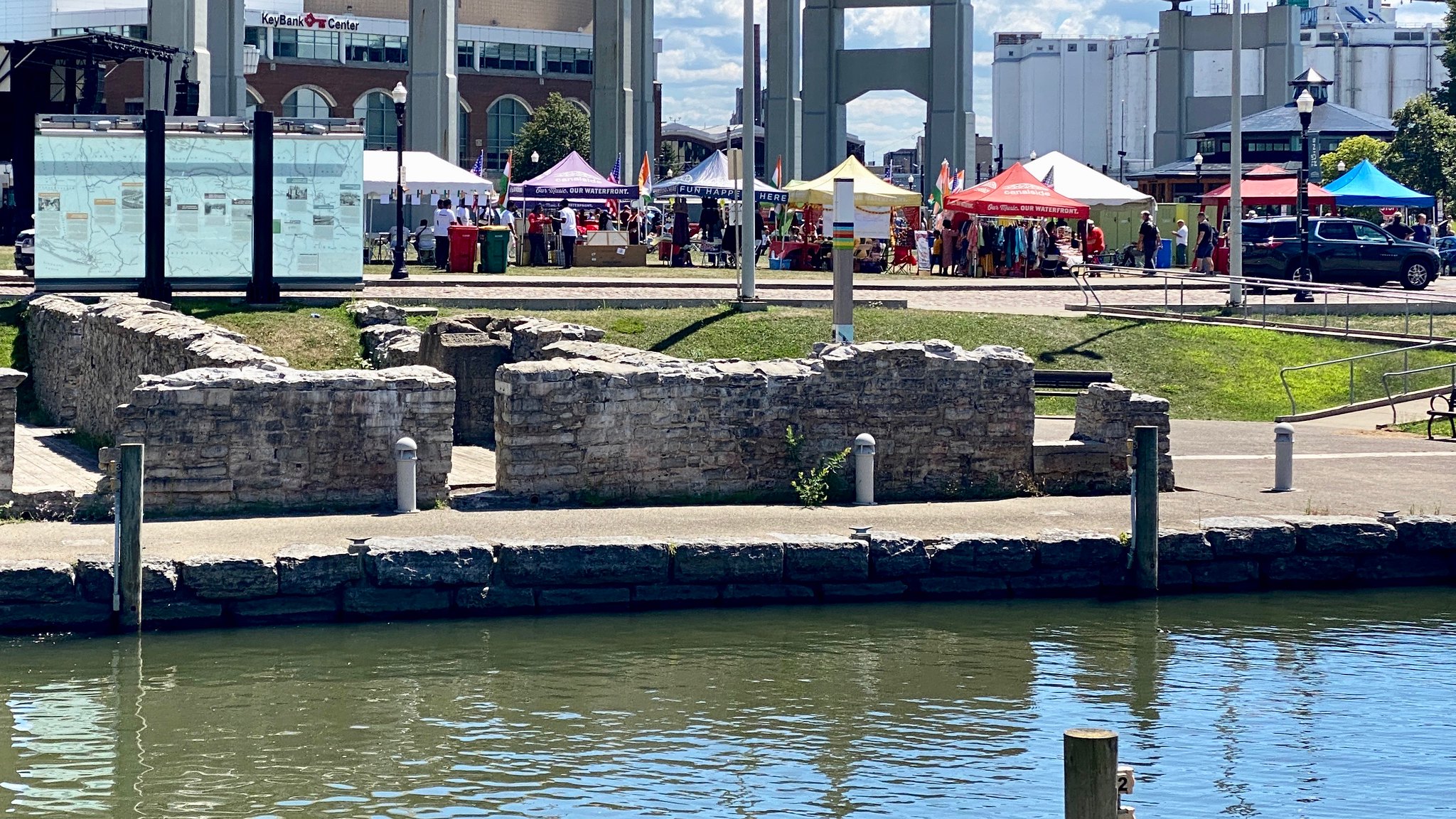
Route 20 ends its eastward journey in Buffalo at the historic terminus of the Erie Canal, where canal boats transferred cargo to Great Lakes ships that carried goods to Chicago and beyond. The remaining canal locks and warehouses near downtown Buffalo represent the infrastructure that made New York City America’s premier port by connecting Atlantic shipping to Great Lakes commerce.
Cobblestone streets and 19th-century warehouses along Route 20’s Buffalo approach still show wear patterns from heavily loaded canal boats and freight wagons. The area’s transformation from swampland to America’s busiest inland port demonstrates how transportation improvements could completely reshape regional economies and settlement patterns.
Like Travel Pug’s content? Follow us on MSN.
LaPorte’s Maple Syrup Heritage
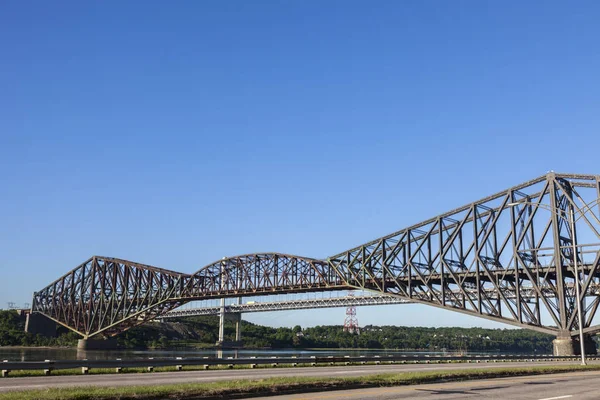
Indiana’s LaPorte sits on Route 20 in the heart of what was once America’s largest maple syrup production region, where Native American techniques met European technology to create a thriving 19th-century industry. Historic sugar camps throughout the area processed millions of gallons of maple syrup that supplied markets from Chicago to New York, establishing trade networks that predated railroad construction by decades.
Original sugar houses and collection equipment can still be found in wooded areas near Route 20, where descendants of early settlers continue traditional syrup production using methods passed down through generations. The industry’s decline followed deforestation and agricultural conversion, but the remaining operations demonstrate how Americans adapted Native American knowledge to create enduring commercial enterprises.
Elkhart’s Musical Instrument Manufacturing

Elkhart, Indiana, became America’s musical instrument manufacturing capital in the late 1800s, producing brass instruments that equipped school bands and professional orchestras across the continent. Route 20 passes through the city’s historic manufacturing district, where companies like Conn and Buescher established factories that employed thousands of skilled craftsmen and created instruments still played today.
Original factory buildings house museums and continuing manufacturing operations that demonstrate how small midwestern cities developed specialized industries that achieved international recognition. The concentration of instrument makers in one location created technical innovations and quality standards that helped establish American musical instruments as among the world’s finest.
South Bend’s Studebaker Heritage

South Bend’s Studebaker complex along Route 20 represents one of America’s most successful transitions from horse-drawn vehicles to automobile manufacturing, as the company evolved from building covered wagons for westward migration to producing luxury cars. The original Studebaker blacksmith shop, where brothers Henry and Clement began building wagons in 1852, still stands near Route 20’s path through the city.
Factory buildings and worker housing throughout the area document how automotive manufacturing transformed midwestern communities and established industrial processes that influenced American manufacturing for over a century. The company’s role in supplying wagons for western migration directly connects Route 20’s modern function to its historical purpose as a pathway for American expansion.
Like Travel Pug’s content? Follow us on MSN.
Dubuque’s Lead Mining District
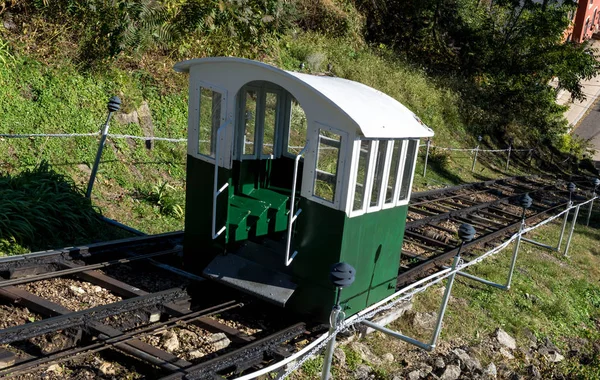
Iowa’s Dubuque originated as the center of America’s first major lead mining district, where Native American knowledge guided European settlers to ore deposits that supplied ammunition for the War of 1812 and subsequent conflicts. Route 20 passes through the historic mining district where shaft houses and smelting ruins document an industry that made Dubuque one of the Mississippi Valley’s wealthiest communities.
Julien Dubuque’s trading post, established with permission from local Native American leaders, created peaceful commercial relationships that lasted for decades before territorial conflicts destroyed the cooperative arrangements. The mining district’s success attracted thousands of immigrants and established Dubuque as a major Mississippi River port that connected midwestern resources to national and international markets.
Fort Dodge’s Military Heritage
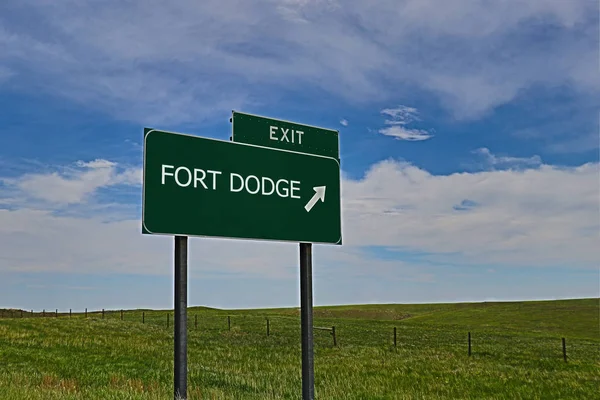
Iowa’s Fort Dodge began as a military outpost protecting settlers traveling west along routes that paralleled modern Route 20, serving as a supply base and communication center that connected frontier settlements to eastern military command. The original fort buildings housed soldiers who patrolled trade routes, mediated conflicts between settlers and Native American communities, and maintained communication lines that kept Washington informed about Western developments.
Historic buildings and military cemeteries throughout the area preserve records of frontier military service that rarely receive attention in popular histories of American expansion. The fort’s evolution from a military outpost to a civilian community demonstrates how Western settlement followed patterns established by military exploration and protection.
Grand Island’s Railroad Junction Heritage

Nebraska’s Grand Island became a crucial railroad junction where multiple lines converged to move cattle, grain, and passengers across the Great Plains, creating a transportation hub that determined settlement patterns throughout the region. Route 20 passes through the city’s historic railroad district, where roundhouses, switching yards, and worker housing demonstrate how railroad technology transformed western development.
The Union Pacific’s shops and maintenance facilities employed thousands of workers who maintained the locomotives and rolling stock that connected eastern markets to western resources. German and Irish immigrants established neighborhoods around the railroad facilities, creating ethnic communities that preserved European traditions while adapting to American industrial life.
Like Travel Pug’s content? Follow us on MSN.
Oregon Trail Connections
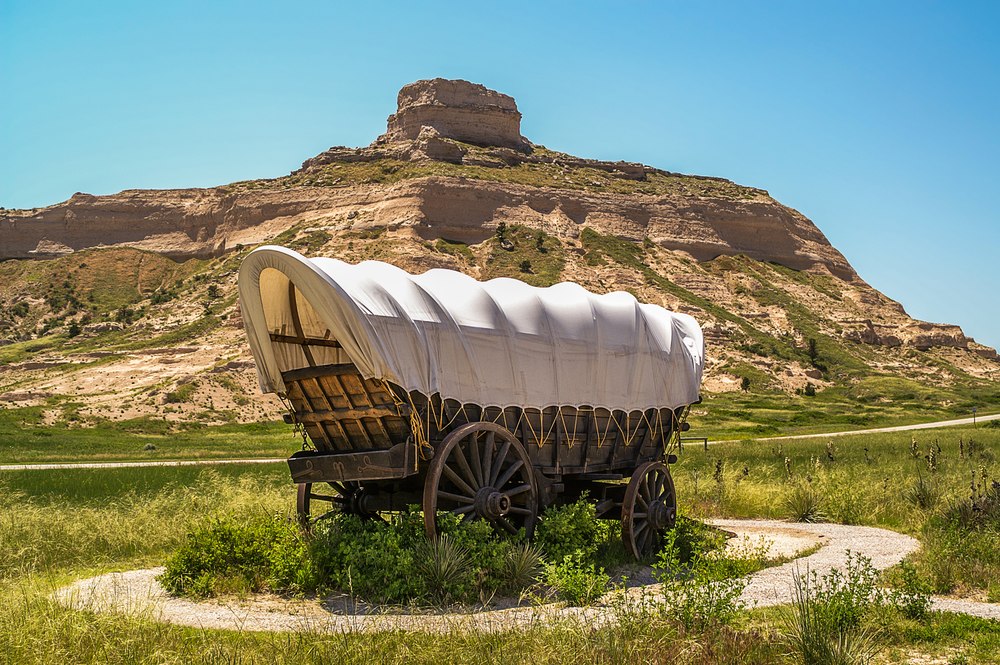
Route 20’s western terminus in Oregon follows portions of the original Oregon Trail, where wagon ruts and pioneer graves still mark the pathway that brought over 400,000 settlers to the Pacific Northwest between 1841 and 1869. The highway crosses the Blue Mountains at nearly the same location where wagon trains struggled through mountain passes, though modern travelers complete the journey in hours rather than days.
Historic markers and interpretive sites along Route 20’s Oregon sections preserve stories of families who risked everything for the promise of free land and new opportunities in the West. The trail’s legacy connects modern interstate travel to one of America’s greatest voluntary migrations, reminding contemporary travelers that their comfortable journey follows routes established by pioneers who faced genuine hardship and danger.
Threads Across Time
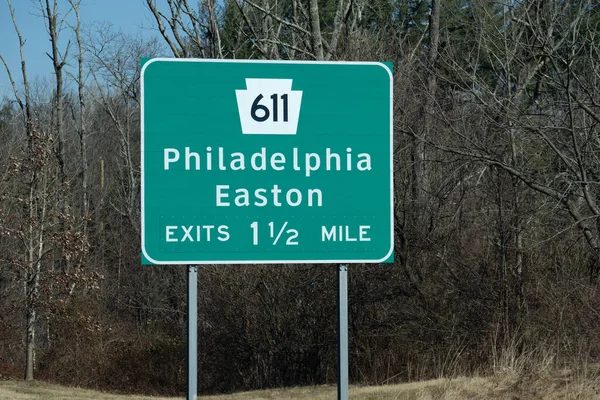
These forgotten stops along Route 20 represent far more than historical curiosities—they’re tangible connections to the diverse experiences that created modern America through centuries of struggle, innovation, and adaptation. Each location preserves stories that challenge simplified narratives about American development, revealing how Native American knowledge, immigrant skills, natural resources, and transportation improvements combined to create the complex society we inhabit today.
The highway itself serves as a timeline where travelers can trace the evolution of American communities from colonial settlements to industrial cities, connecting past and present through the simple act of following a road that has guided human movement for over two centuries. Modern drivers rushing between destinations rarely consider that they’re following pathways established by people whose courage, determination, and vision shaped the nation in ways that continue to influence American life today.
More from Travel Pug

- 20 Best Beach Towns in the Carolinas
- 13 Destinations Where Tourists Regularly Regret Their Trip
- 20 Destinations That Are More Magical Without an Itinerary
- 20 Underrated Adventures That Belong on Your Travel List
- 20 Cities Where You Should Just Wing It, No Planning Required
Like Travel Pug’s content? Follow us on MSN.
